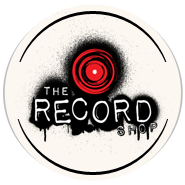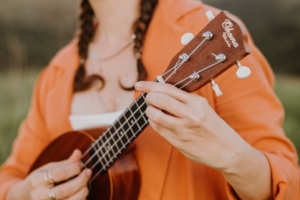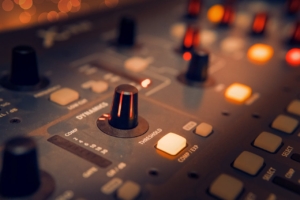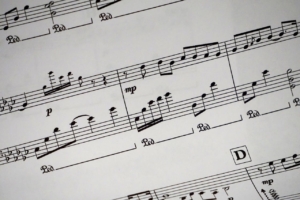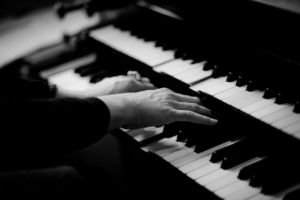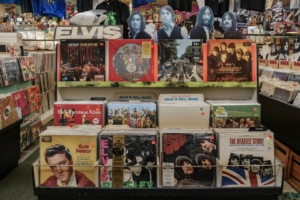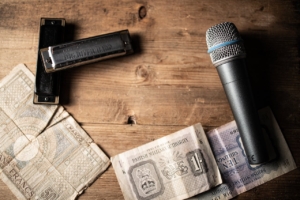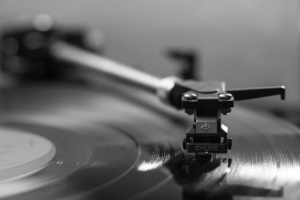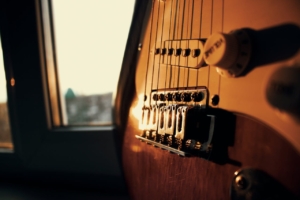Favorite Android Apps for Muso’s
In the days of modern technology, air guitar and digital devices – you won’t often see many of the modern musicians using a metronome or a pitch pipe. Most musicians simply find it more convenient to carry around one Android Device, which offers a myriad of options.
Luckily the Google Play Store is full of fun and handy apps that will tickle the fancy of any musician. From the well tuned player, to the beginner and the groupie – the digital age is here to benefit us all.
Tuners:
GTuner
- This Android App is a great tool to have when it comes to tuning a string instrument. Far easier and more reliable than a pitch pipe, if allows the user to tune according to a measurement of Megahertz. This instantly allows you to see if you have tuned to sharp or too flat.
Chromatic Tuner
- This app uses a wheel that spins either towards your instrument being too sharp, or towards it being too flat. It also tells you the exact note your strings are set to, which is great if you want to tune down to DADGAD.
Metronomes:
Metronome
- In music it is imperative to have a sense of rhythm and timing. However, if you are not so great at keeping a beat, then download the Android App called Metronome. Quirky and user friendly, this is definitely a good tool to store on your device.
Metronome Widget
- This easy and simple app has been designed by the same creators of gTuner, and happens to be just as useful. Metronome Widget allows for you to keep time, without the hassle of being complicated or overcrowded by other functionalities.
Song writing:
The Rhyme Maker
- The reason this app is so great, is that it rhymes according to the phonetic sound of the word and not to the spelling. It is as simple as typing in your word, and receiving a vast amount of choices to select from.
Rhyme Zone
- One of the choice apps that do not require consistent internet access, Rhyme-Zone allows its user to find words that rhyme, or are similar or plainly could just somehow fit. It even allows you to be specific enough to choose how many letters your rhyming word can be made up of. It even gives you a definition to words that you may not recognize.
Chords and Sheet Music:
Guitar Jam Session
- An all encompassing app that allows for its user to not only view the chords or music they are playing, but also to transpose keys and view other chord or sheet music websites via its in-built web service.
With your Android Device in hand, there really is never an excuse for any musician to say that they lack the resources to play like a professional.
